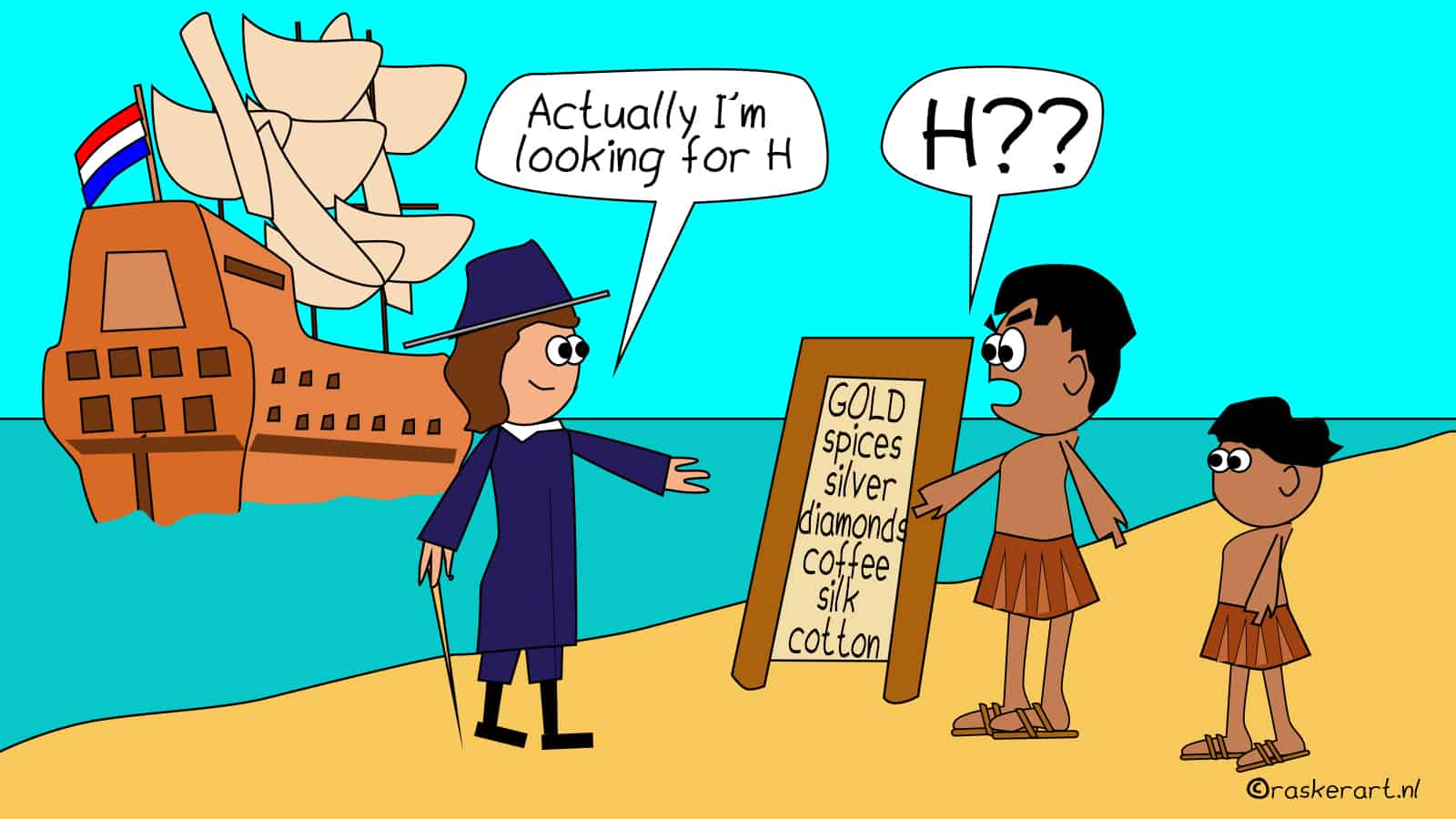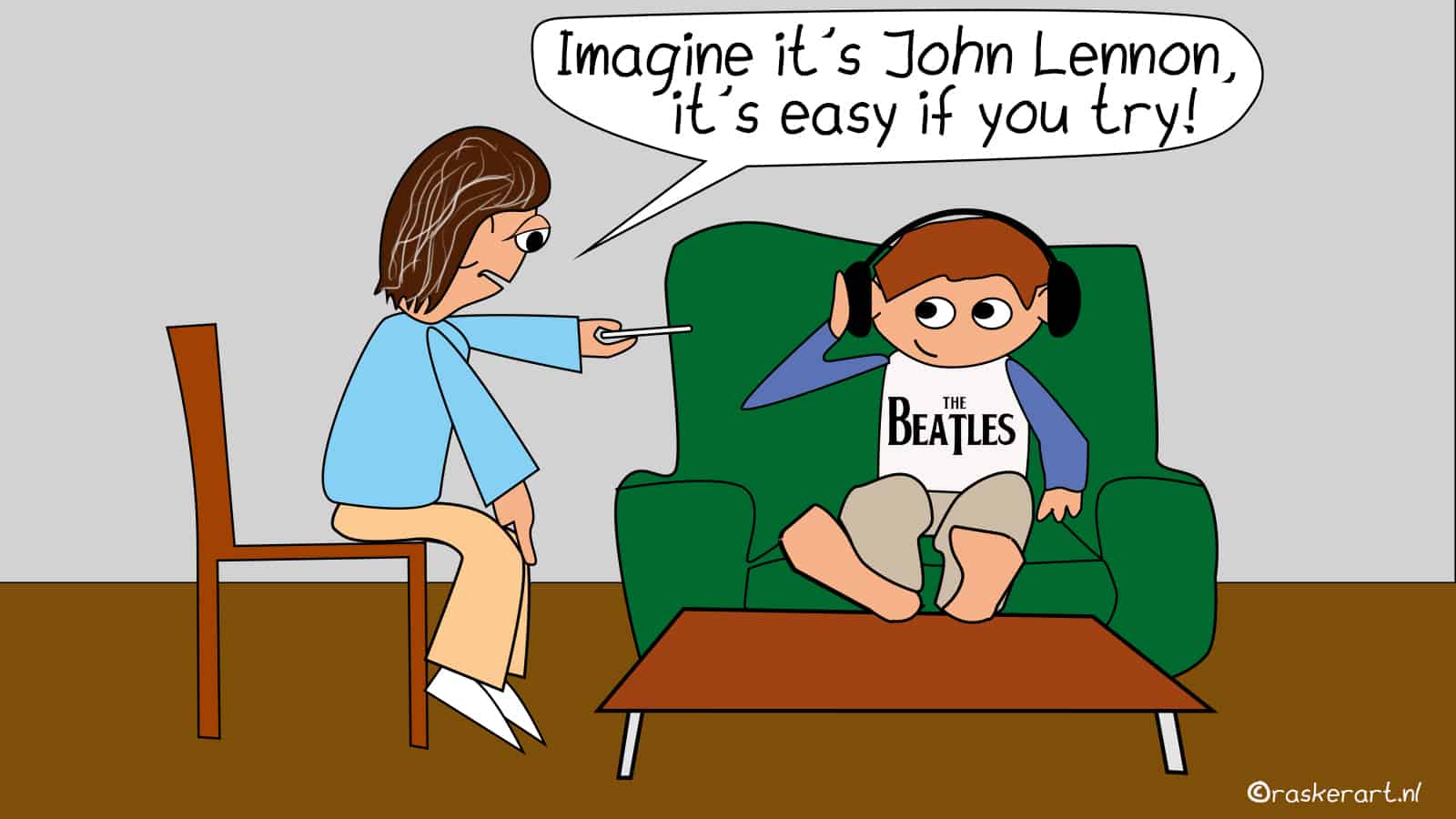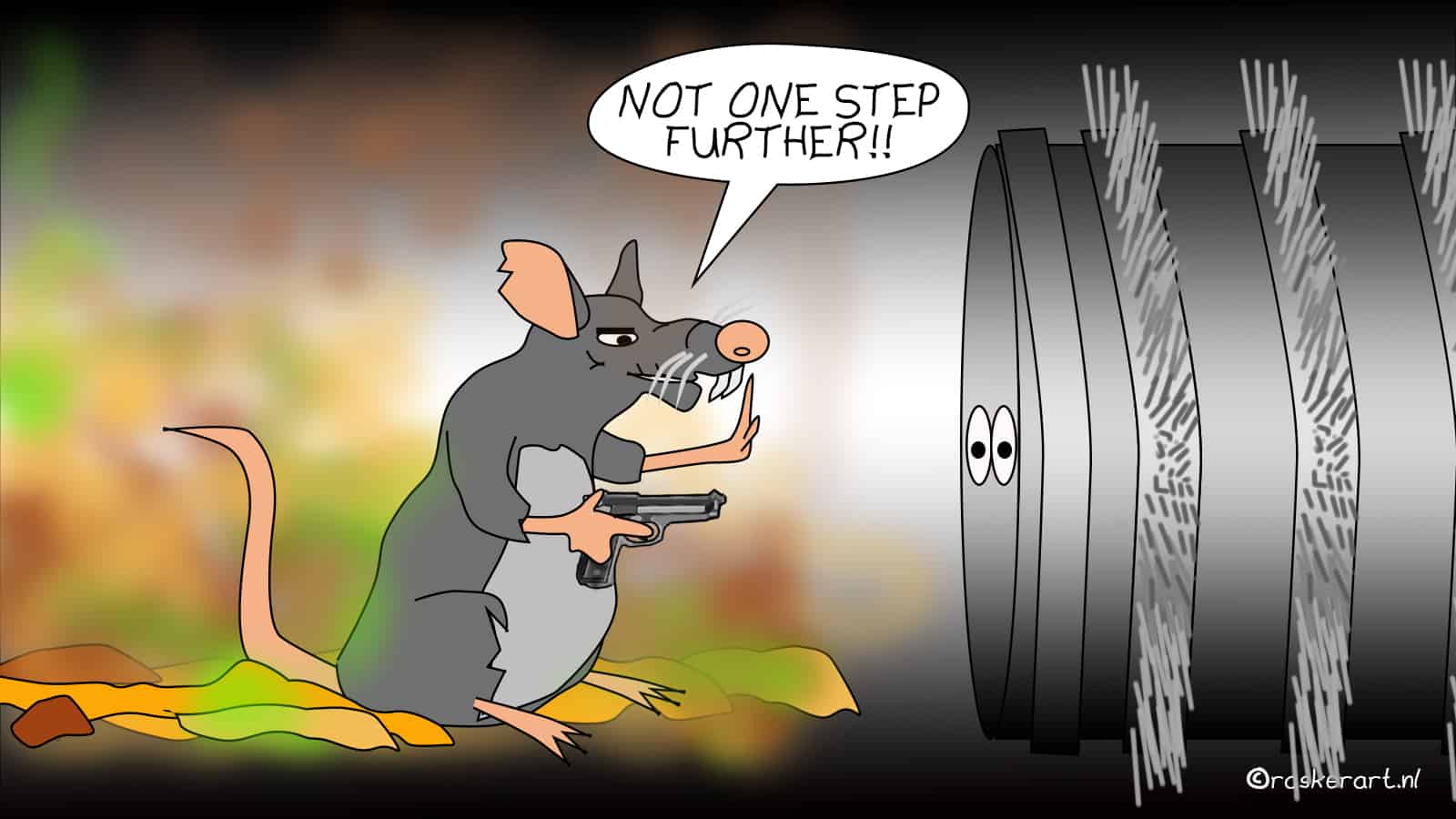
In our Sunday newsletter, we, as editors, look back on the past seven days. We do this on the initiative of our cartoonist Albert Jan Rasker. He picks a subject, draws a picture, and we take it from there.
Albert Jan is looking a little deeper this week. In our sewers, to be exact. Just like our reporter Hildegard Suntinger, who visited the Austrian start-up Drainbot, literally a robot for your sewer. Until now, tunnel drains had to be cleaned with a lot of water and under human supervision. DrainBot has automated the process, helping operators save time and resources. But as so often happens, artificial intelligence clashes somewhere with life as we have come to know it, Albert Jan also sees.
Laio and beyond
We are still completely enthralled by the possibilities of artificial intelligence. GPT-4, MidJourney, our own Laio, we can’t get enough of it. Not because we are blind believers in everything big tech throws at us but because we see and experience how much these tools help advance our journalism. We introduced Laio, our AI-powered “intern”, in an earlier edition of our newsletter. By now, we all work with her here in our newsroom and see the benefits at the ideation stage, when organizing data, during research, when writing articles, and finding illustrations.
Sometimes Laio’s role is limited, sometimes very decisive. In all cases, we can follow step-by-step Laio’s choices and suggestions, including the sources used. Version 2 of Laio, which we have been working with for two weeks now, is a great leap forward precisely in this respect, even compared to tools such as ChatGPT. Based on the idea that transparency in journalism is (almost) as important as being correct and factual, we have tried to make this visible on our website as well. Partly this is done through Laio’s author page, but since this week also with a small pie chart next to the publication date. If you hover over that (on desktop) or push (on mobile), you can see what percentage of the article was generated by artificial intelligence. Here’s an example:
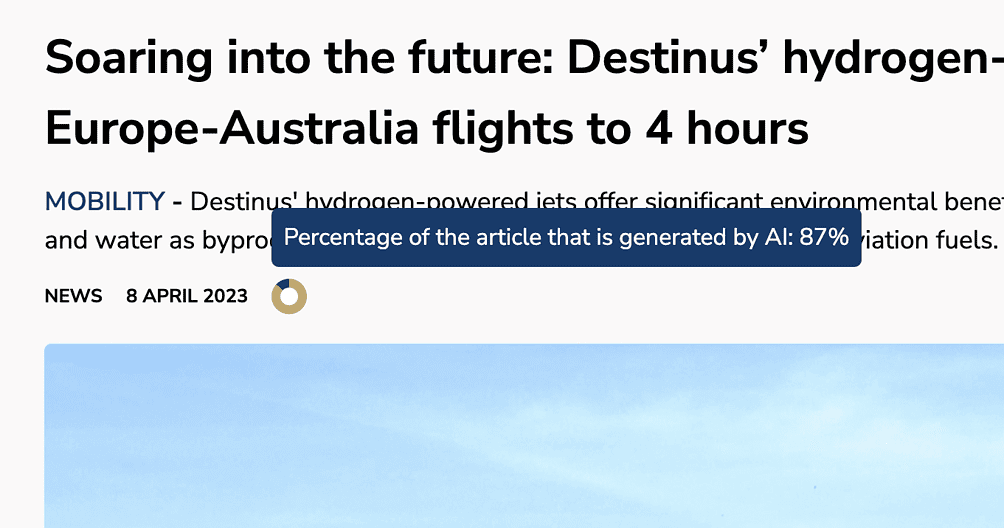
The percentage itself is determined by the editor, based on a set of criteria. We have not yet been able to automate this part. But who knows what will happen? We’ll keep building – both because we like it and get a lot in return. Of course, there are also many ifs and buts, such as ethical and legal issues. I will come back to that shortly. Next week, I will already elaborate on two questions we often get: how much time do you ‘win’ by using AI, and are you now organizing your own redundancy?
In the meantime, fortunately, there is a lot to enjoy thanks to our human and artificially-intelligent productions of last week. As always, we had our sights sharply set on all those people and organizations working on the enormous challenges of our time. Here is our “sneak preview of the future” from this week:
Student Mobility wants to make (international) public transport accessible to young people
Starnus Technology wants to (finally) really fulfill the promise of robots in logistics
Brabant strengthens its position as an innovation stronghold
What emerging battery technology will define our future?
Do we have the energy to drive all electric? Yes!
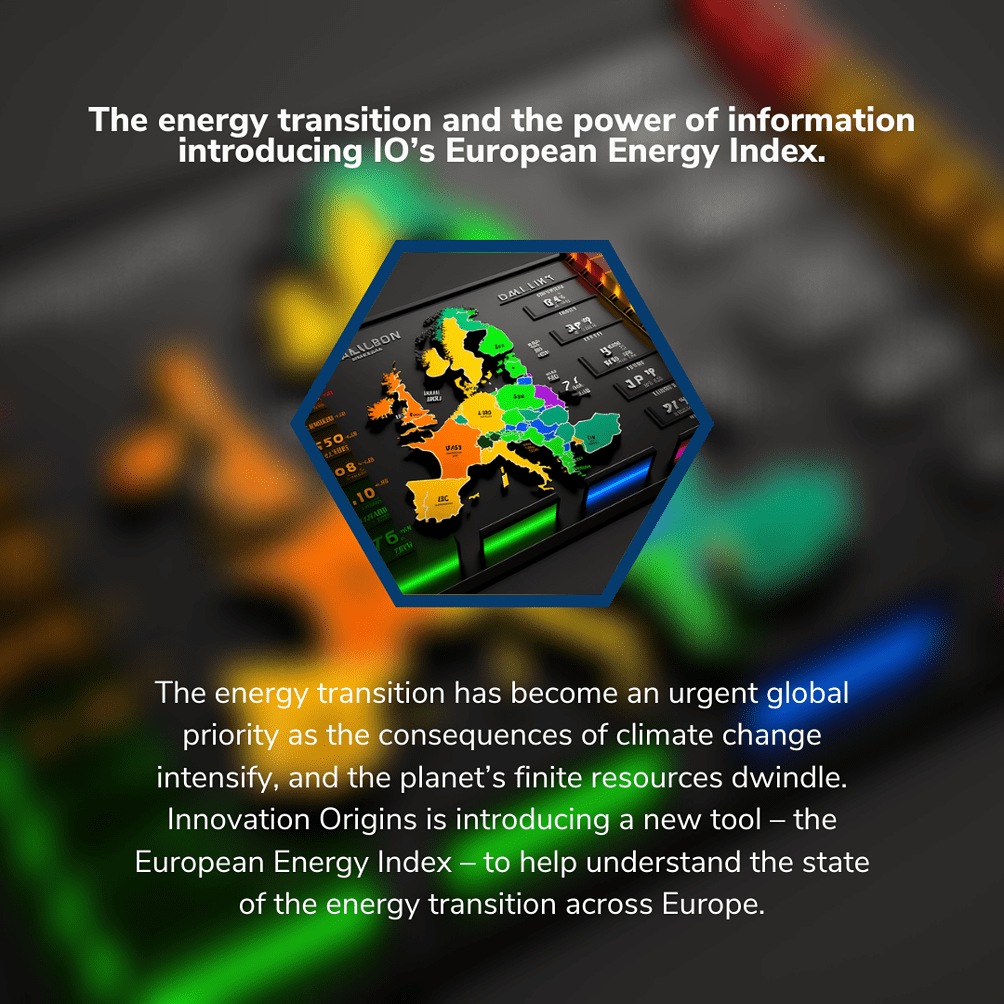
And don’t forget our European Energy Index! Or go there directly here.
Make it a great, innovative week!



